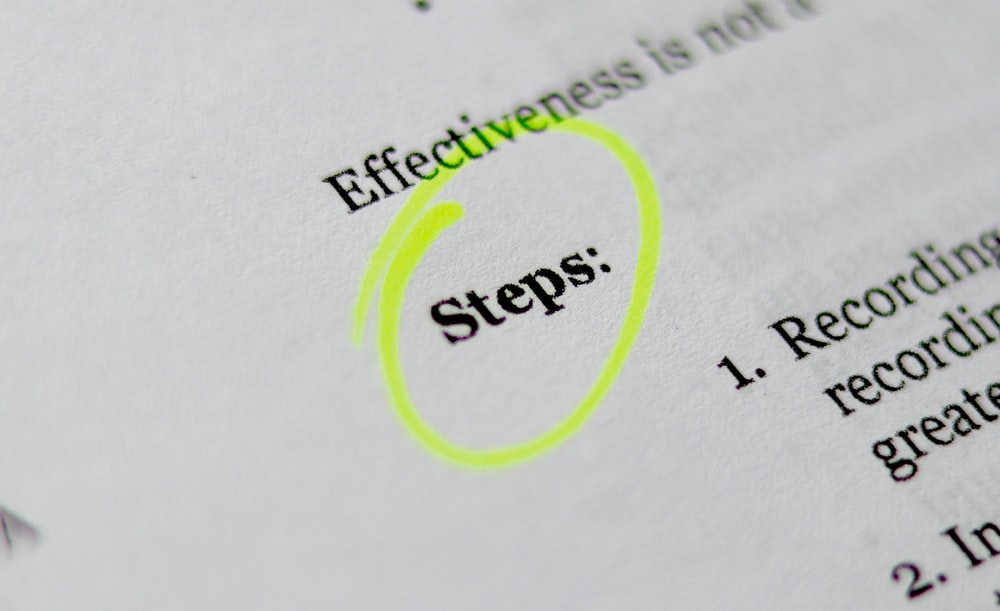Time is money.
With the amount of opportunities that are available to business professionals everyday, it is important to use your time wisely. This means you should be spending as little time as possible on tedious tasks that are keeping you from speaking with qualified potential clients.
This is where having the ability to qualify/disqualify a prospect quickly becomes very important. Your prospects are very busy as well, so they will be happy that you are not wasting their precious time trying to pitch them something they don’t want or need.
Here are 3 key questions that you can use to choose who is a good fit and who is not.
Q1 - The Overview

The first qualifying question should be something along the lines of:
“We have worked with companies very similar to yours in the past and I would like to show you the solution we made for them. Is that something you would be interested in looking at?”
This ensures that they are interested in what you have to offer and opens up to further explanation of the product or service.
If they say “yes”, then you are able to move forward in describing an overview of how you are able to help them and give them a timeline of how long you expect the solution to take to implement. Through this, you want to instill confidence in the potential customer that you have exactly what they are looking for and demonstrate that you offer more value than competitors.
If they say “no”, then you can at least save both parties time. You can then ask some questions about why they are not interested in your solution and see where you can improve.
Given that this is the first qualifying question, there is not much room to maneuver going forward, unless they give you something to go off of when asking the follow up questions.
Q2 - The Game Plan

Now that you have shown the potential client what your service is capable of, you need to lay out how you plan to tailor it to exactly what they need. The second qualifying question should be something along the lines of:
“Now that you have seen what our solution can do at a high-level, would you like to see what we can do for your specific needs?”
Again, a very general question, but you want to make sure that both parties are on the same page and ready to move forward in the process.
If they say “yes”, then you can begin to lay out your solution and how you are going to tailor it to their needs based on previous discoveries. Next, you can dive deeper to uncover what else you can do to help make it a seamless process. Here you can demonstrate your experience dealing with other clients by saying “some of our clients appreciate when we…., is this something you would be interested in?”
If they say “no”, then you can take a step back and figure out why not. Maybe they are still having concerns over something from the first question or maybe this isn’t the right time for their organization. Either way, ask some discovery questions to figure out where you can go from there.
Q3 - Last Check

By now you have laid out the entire plan, specific to the clients needs, and a timeline for how long it will take to implement and get adjusted to using the product or service. You are going to want to have one last check to make sure that everything is clear to the client and if there are any unforeseen changes that need to be made.
Assuming that there are some adjustments to be made, ask something along the lines of:
“Some of the circumstances in our plan have changed and we need to make adjustments to stay on track. Are you willing to work with me to make sure we stay on track?”
If they say “yes”, then great, you can rework any kinks in the road ahead to ensure the transition is smooth and the timeline is met. By now, you both have worked together for long enough to have a mutual trust in the partnership, so more times than not, they will be willing to work with you on it.
If they say “no”, then you need to determine if the lead is delayed or dead. If the lead is delayed, then you will still be able to qualify the deal, but maybe it just isn’t the right time for your client. At this point, the client knows exactly what you have to offer, they know the value that your solution offers and they might be willing to come back at a later date.
However, if the lead is dead, then there’s no real path moving forward, other than discovering what the deal breaker was for the prospect. This way you can improve for the next one.














